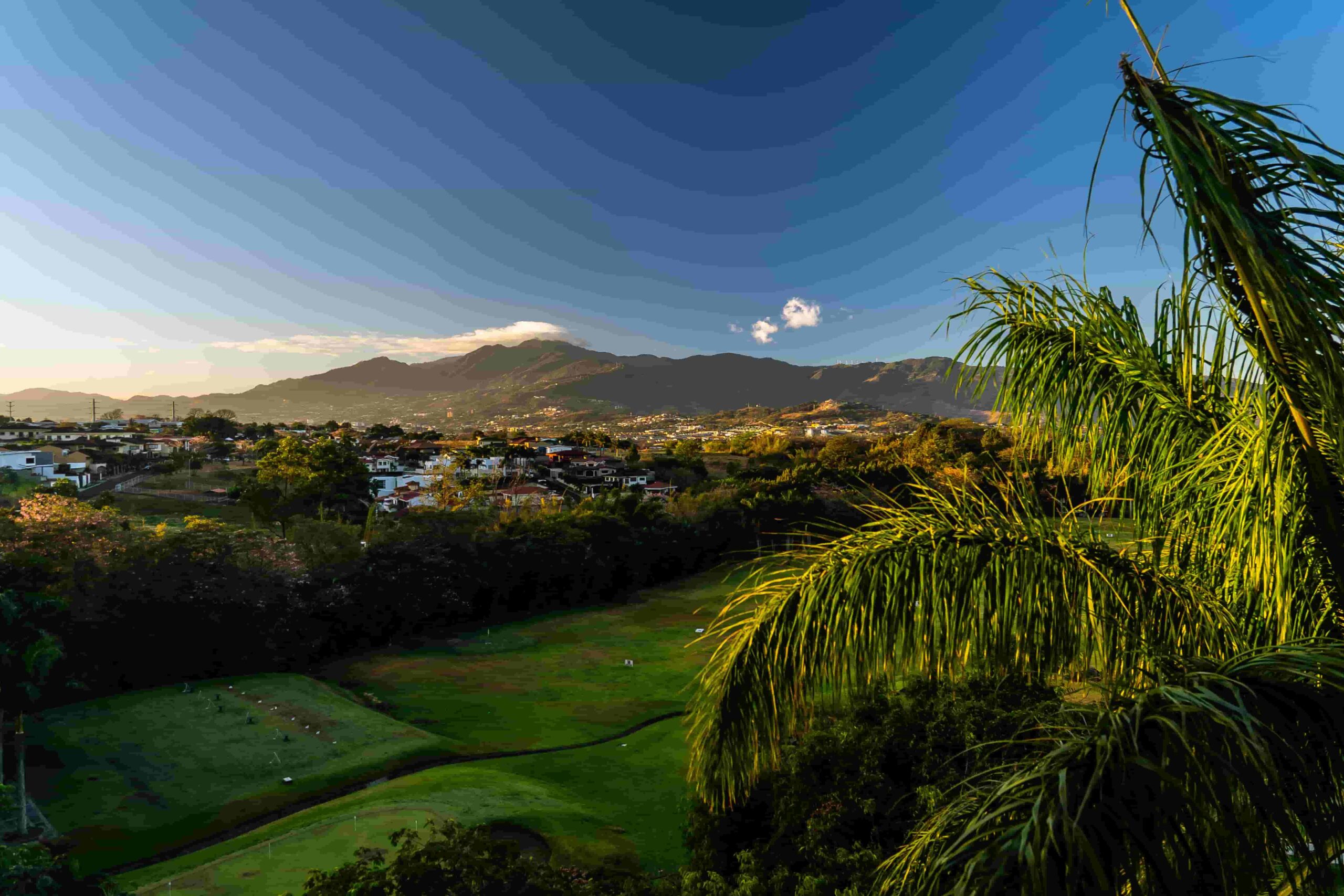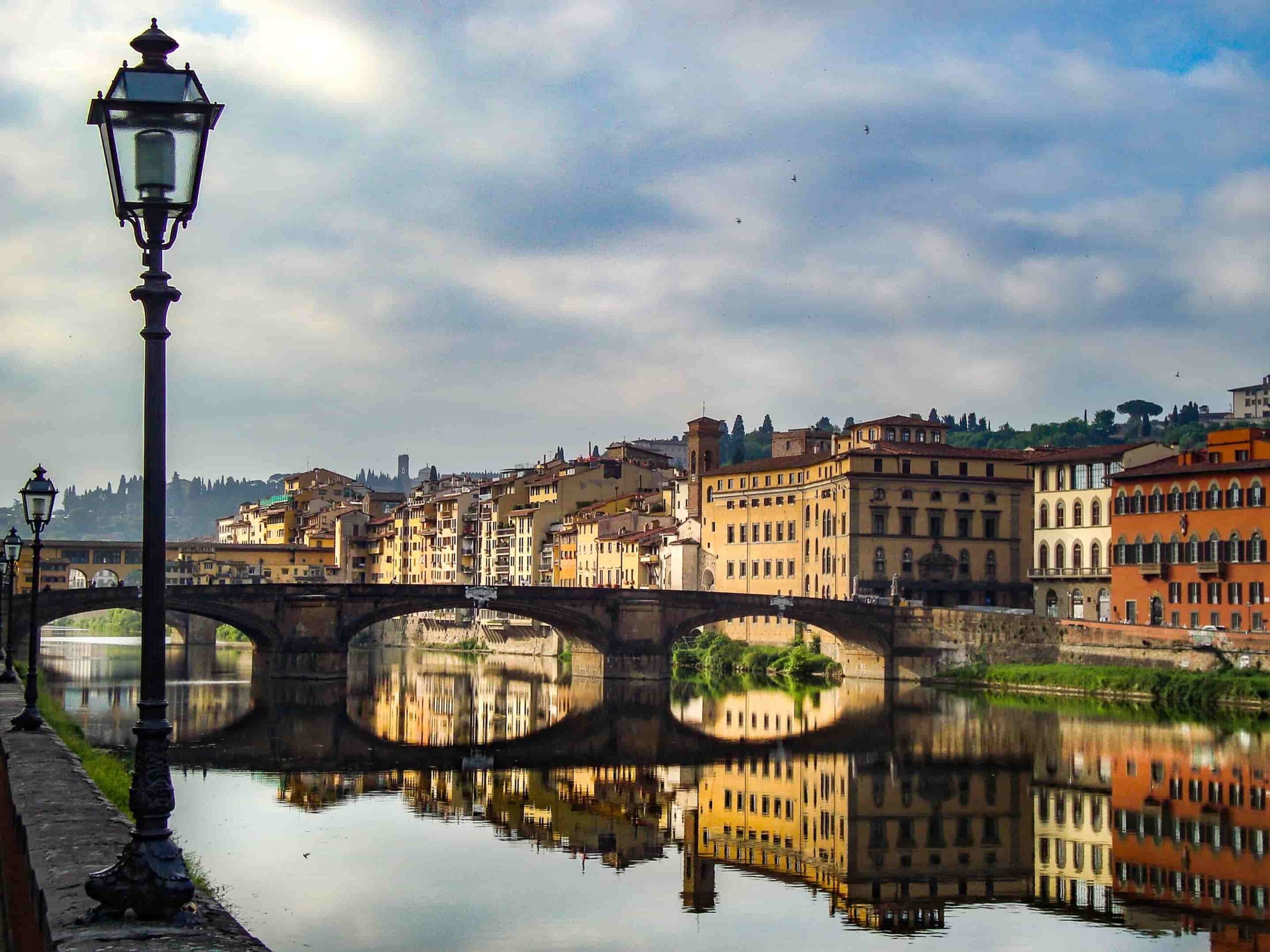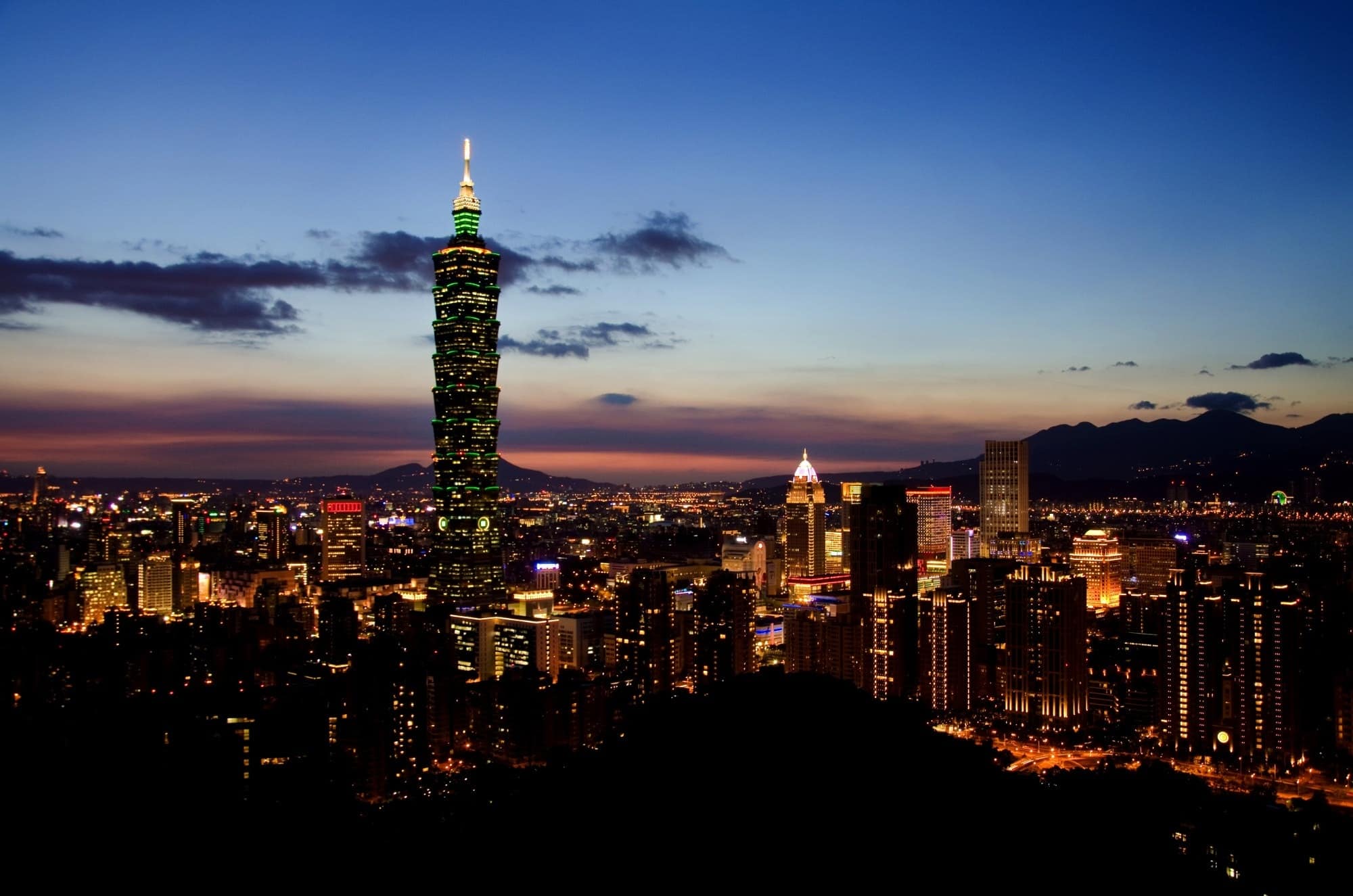How To Travel to San Jose, Costa Rica in 2023

San Jose is the capital of Costa Rica. With a population of over 300,000 people, it is the largest city in Costa Rica and serves as a hub for political, cultural, and economic activity. San Jose is known for its historic architecture, vibrant nightlife, and rich cultural heritage and is a popular destination for tourists seeking to experience the best of Costa Rican culture and history.
If you are planning to visit this beautiful place, we hope this San Jose travel guide will help you plan your trip.
San Jose weather
San Jose, Costa Rica’s weather is typically tropical, with high temperatures and high humidity. The average temperature ranges from the mid-70s to the low 80s°F (23°C to 28°C) throughout the year. The city experiences two distinct seasons: the dry season from December to April and the rainy season from May to November. During the rainy season, heavy showers are common in the afternoons and evenings, while the dry season is known for clear skies and little precipitation. Despite the high humidity, San Jose’s location in the Central Valley provides relatively consistent and comfortable weather throughout the year.
Exchange currency in San Jose, Costa Rica
The currency in Costa Rica is the Costa Rican Colón (CRC). The colón has been the official currency of Costa Rica since 1896 and is abbreviated as “₡” in the local language. U.S. dollars are widely accepted in tourist areas, but exchange rates may not be as favorable as those for colones.
It is recommended to have a mixture of colones and dollars for your trip to Costa Rica. If you do not have colones, you can exchange currency in banks, currency exchange offices, hotels, and ATMs. It is always a good idea to compare rates at different locations and choose the one that offers the best deal for you.
San Jose travel restrictions
Because of many different factors, including the pandemic and other Covid restrictions, San Jose, Costa Rica’s airport travel restrictions are being updated constantly. To keep informed about any changes in San Jose travel restrictions, the Costa Rica Tourism Board and Costa Rica Convention Center has a dedicated website that contains all the information you need.
Culture in San Jose
As a foreigner, it is imperative to be aware of the cultures and traditions in San Jose, Costa Rica to prevent misunderstanding and remain respectful when interacting with the locals.
Do’s
- Do respect local customs and traditions. Costa Rica is a culturally rich country, and it is important to respect local customs and traditions.
- Do learn some Spanish. Although many people in San Jose speak English, learning a few basic Spanish phrases is always helpful to make communication easier.
- Do try the local cuisine. Costa Rican cuisine is hearty and delicious, and you should try dishes such as “casado” (a traditional plate of rice, beans, and meat) and “gallo pinto” (rice and beans).
Don’ts
- Don’t carry large amounts of cash. Although San Jose is generally a safe city, it is recommended to carry only a portion of cash or valuable items with you.
- Don’t take wildlife or plant souvenirs. It is illegal to take wildlife or plant souvenirs from Costa Rica, and the country has strict conservation laws in place to protect its natural resources.
- Don’t litter. Costa Rica is known for its natural beauty and wildlife, so it is important to keep the city and its surroundings clean by not littering.
Organize San Jose travel documents
Make sure you have organized all the essential travel documents and digital copies secured to have a smooth, seamless travel experience.
People from the U.S, Australia, Brazil, South Africa, New Zealand, Japan, Ireland, Argentina, and most countries in western Europe can travel to San Jose, Costa Rica without a visa, as long as the whole visit is within a period of up to 90 days. Citizens of some countries, however, need a visa to enter San Jose, including Tanzania, Sierra Leone, Kenya, Colombia, Ecuador, the Dominican Republic, Colombia, and more.
To get the full list and other information, check out this article by Lonely Planet.
Travel health insurance in San Jose
Any travel activity can potentially cause injuries, sprain, and other unexpected accidents. If you have travel health insurance, the rescue, medications, treatment, and recovery costs will be rightfully covered by your insurance company. Although San Jose does not legally require tourists to have health insurance, we strongly recommend getting one to protect yourself from unexpected expenses.
Money and credit/debit card
In San Jose, Costa Rica, cash and credit cards are widely accepted forms of payment. Major credit cards such as Visa, Mastercard, and American Express are popular forms of payment, especially in larger establishments such as hotels, restaurants, and shops. However, it is still a good idea to carry some cash, as some smaller establishments or street vendors may only accept cash payments. By using a combination of cash and credit cards, you can ensure that you have access to funds for most transactions while traveling in San Jose.
San Jose, Costa Rica Itinerary
If you are unsure how many days you need to enjoy your San Jose trip, we would say three days is the absolute minimum. Here is a sample 3 days San Jose itinerary to help you plan your trip.
Day 1
- Arrive in San Jose and check into your hotel
- Visit the National Museum to learn about the history and culture of Costa Rica.
- Walk around the Central Market to see the local art and crafts.
- Enjoy a traditional Costa Rican dinner at a local restaurant.
Day 2
- Take a day trip to a nearby coffee plantation to learn about coffee-making and sample some of the country’s famous coffee.
- Visit the Poás Volcano National Park for a scenic hike and to see the crater lake.
- Return to San Jose for dinner and a night out in the city’s lively nightlife scene.
Day 3
- Take a guided walking tour of the city to learn more about its history and architecture.
- Visit the Jade Museum to see the country’s collection of pre-Columbian jade artifacts.
- Have lunch at a local restaurant before departing San Jose.
This itinerary offers a mix of cultural experiences, outdoor activities, and relaxation, and can be adjusted based on personal interests and schedule. There are many other options for things to see and do in San Jose, Costa Rica, and this itinerary is just one possibility.
The best area to stay in San Jose, Costa Rica
San Jose, Costa Rica, has several neighborhoods to choose from when finding a place to stay. Here are some of the best areas to consider:
Barrio Amón: This is a historic neighborhood known for its charming, colonial-style homes and vibrant cultural scene. It is also home to many restaurants, cafes, and shops, and is a popular area for artists and intellectuals.
Escazú: This upscale neighborhood is located just outside of San Jose and offers a more peaceful and secluded atmosphere. It is known for its scenic views, upscale shopping centers, and gourmet restaurants.
La Sabana: This is a residential neighborhood located near the airport and is home to many embassies and corporate offices. It is a good choice for travelers looking for a central location close to the airport and major attractions.
San Pedro: This neighborhood is located on the east side of San Jose and is a popular area for young professionals and students. It offers a lively atmosphere and is home to many bars, clubs, and restaurants.
Each of these neighborhoods has its unique character and offers different benefits, so choosing the right area to stay in will depend on your personal preferences and travel style. Regardless of where you stay, San Jose is a relatively small city, and most areas are easily accessible by taxi or public transportation.
How to get around San Jose, Costa Rica
San Jose, Costa Rica has several options for getting around the city and the surrounding area. Here are some of the most popular ways to get around:
Taxis: Taxis are widely available in San Jose and are a convenient and safe way to get around the city. Taxis have meters, but it is a good idea to agree on a price before getting in the cab.
Buses: The public bus system in San Jose is extensive and covers most of the city and the surrounding areas. Buses are a cheap and efficient way to get around, but the routes can be confusing for first-time visitors.
Rental Cars: Renting a car is a good option for travelers who want more flexibility and independence. However, traffic in San Jose can be congested, and it is important to be familiar with the local driving rules and regulations.
Walking: San Jose is a relatively small city, and many of the popular attractions are within walking distance of each other. Walking is a great way to get around and see the city up close.
Uber: Uber is available in San Jose and is a convenient and reliable way to get around the city. The prices are competitive with taxis, which is a good option for travelers familiar with the app.
Regardless of how you choose to get around, it is a good idea to have a map or a navigation app, as well as some local currency, as some forms of transportation may only accept cash.
Embassy and consulates in San Jose, Costa Rica
No one can escape unexpected and unfortunate situations when traveling to a foreign country. If you find yourself in an emergency and need immediate assistance while in a foreign country, seek the help of your home country’s embassy. Knowing your consulate’s contact details and where the nearest embassy is in San Jose, you can receive support and various resources for different challenges, including stolen or lost passports, health emergencies, arrest, natural disasters, and more.
Cover your home base by holding your mail.
Avoid broadcasting your overflowing mailbox to thieves by putting your mail on hold. If you are from the U.S., submitting a Hold Mail request is easy and free. Simply sign in or create a USPS account, fill in the necessary information, and verify your identity to successfully submit your request online. You can also visit your local post office if you want to submit your request in person.
For more information, visit USPS Hold Mail Service.
Hiring a house sitter
If you are a homeowner or pet owner, having a reliable house sitter to occupy your house is one of the most effective ways to ensure the security of your home and give you the peace of mind knowing your house and pets are properly cared for. House sitters and pet sitters can handle day-to-day operations, cleaning, mail, maintenance, and other emergency concerns that may arise.
Pack your stuff
The clothing to wear in San Jose, Costa Rica depends on the time of year and the type of activity you have planned. Here are some general guidelines:
Casual Attire: San Jose is a relaxed and informal city, and most people dress comfortably. Light, breathable clothing such as cotton or linen is recommended for everyday wear.
Outdoor Activities: If you plan to participate in outdoor activities such as hiking, visiting the beach, or exploring national parks, you should wear clothing that is appropriate for the activity and the weather. This might include quick-drying shirts, shorts, and comfortable footwear.
Rainy Season: Costa Rica’s rainy season runs from May to November, and you should be prepared for rain. Bring a waterproof jacket and an umbrella, as well as shoes that can handle wet conditions.
Evening Attire: San Jose has a vibrant nightlife scene, and some of the city’s upscale restaurants and bars have a dress code. For these types of venues, it is best to wear dressy casual or smart casual attire.
Overall, the key to dressing in San Jose is to dress comfortably and be prepared for a range of temperatures and weather conditions. It is a good idea to check the weather forecast before your trip and pack accordingly.



